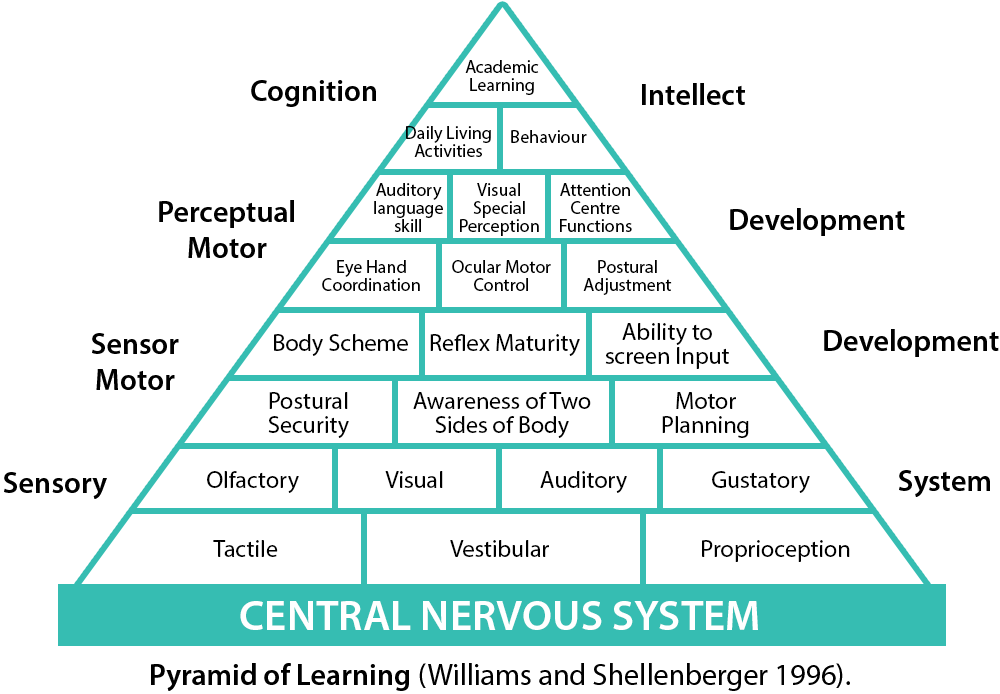The Autism Spectrum Disorder (ASD) refers in broad, to a group of neurodevelopmental disorders that are characterised by persistent impairment of social communication and interaction skills, alongside restricted, repetitive patterns of behaviours, interests and activities.
Awareness of autism or ASD has increased exponentially in the last decade along with other developmental conditions. Health care practitioners are continuously advocating for early intervention which is vital in children with autism. Parents have gained easy access to information regarding different conditions and their red flags. This makes them more vigilant about their child’s behaviours and performance. However, there is also a growing amount of false information circulating, which is an anticipated drawback of this digital age. Here, we attempt to debunk the common myths of autism from an Occupational Therapist’s perspective and present to you instead, its corresponding scientific-based truths.
“Autism is synonymous to retardation”
The term “Retardation” or “Mental Retardation” has been replaced with “Intellectual Disability”. The official change in termination was to eliminate negative connotations of this condition. But it is important to establish that “Intellectual Disability” is different from autism. While both are categorised under Child Psychiatry and may have similar interventions, they differ in diagnostic criteria according to the DSM-5 (Diagnostic and Statistical Manual of Mental Disorders, 5th Edition) made by the American Psychiatric Association. Cognitive levels of individuals with autism are highly variable and it is best to seek professional help in establishing a child’s condition.
“Autism is caused by parental neglect”
There are no studies that link child-rearing skills to autism. In fact, no exact cause has been identified. However, there are several features that may suggest the child has autism. These can be familial traits, prenatal and perinatal risk factors, biomarkers in the brain, and existing neurological disorders. The following are some suggested risk factors for autism:
- A parent, sibling or a twin diagnosed with autism
- Advanced maternal and paternal age at birth
- Fetal exposure to Valproic Acid or Thalidomide
- Having a genetic or chromosomal condition such as fragile X syndrome, or tuberous sclerosis
“Autism can be cured with medication and therapy”
The role of therapy is unparalleled in terms of assisting a child with autism. This includes Occupational Therapy, Speech Therapy, and sometimes even Physical Therapy services. Pharmacological interventions address symptoms and act as a supplement to the child’s brain development. However, even if autism is diagnosed during early childhood, it remains a lifelong condition.
Children with autism will constantly need professional guidance, whether it is through coaching, lifestyle adaptations and modifications, and realistic goal-setting. The success of therapy depends on the severity of autism, and the overall context of the child and the family’s view on the condition. If resources can be maximised, independence is not a far-fetched goal.
Even if autism has a defined set of clinical features, a child’s personality, strengths, and opportunities differ. When these factors are considered, there will be higher chances that the rehabilitation team can come up with an individualised plan that will enable the child to function optimally with the family and in the community.
“Children with autism cannot mingle with typically growing children”
This is a harmful mindset to both typically growing children and those with disabilities. Letting a child with autism interact with their peers from all walks of life and backgrounds is actually a good opportunity for them to learn skills through observation. Having a peer of a similar age, modelling good behaviours is more relatable for a child with autism, and this usually happens in the natural context which is through play. At the same time, this also benefits typically growing children – if they are exposed to diversity and differences at an early age, this can be a firsthand experience for them to learn basic respect and empathy. With parental guidance from both parties, this interaction can be fruitful and harmonious.
“Academic milestones should be a priority of therapy”
While school concepts can be incorporated as a means to teach skills and model behaviours, it should not be the primary goal of therapy. This diagram shows the hierarchy of learning, which stresses the importance of building the right foundations.

Children with autism who are able to manage and regulate their sensory systems have higher chances of being successful in learning subsequent skills. These skills include both soft skills and hard skills. While hard skills are important to succeed academically and have thorough fact-based knowledge, soft skills are what makes an individual functional, resilient, and independent in society. A good example of a hard skill is being able to answer mathematical equations correctly, while a soft skill counterpart is being able to make transactions in the grocery store from approaching a saleslady, inquiring about the price, and checking if the correct amount of change is received.
There is a lot of sensory integration intervention that can be administered by registered practitioners to address sensory needs before moving on to more complex skills such as gross motor and perceptual motor skills.
“The rehabilitation team has superior means on the child’s progress”
This is probably the most important idea that needs to be corrected! Parents, and other primary caregivers are responsible for the majority of the child’s progress. Children with autism see a therapist or consult a doctor regularly, but it does not come close to the amount of time spent with family members. Because of this, caregiver education should be part of the management in handling kids with autism. What is taught in therapy should be generalised and applied at home, in school, and in the community. This will only be possible if there is open and constant communication between the family and the members of the rehabilitation team. One of the important indicators of the child’s progress is the ability to apply the skills and behaviours consistently and correctly in the natural context, which is through daily occupations. These occupations include play, self-care tasks, school tasks, work and leisure tasks, social interactions, and routines and habits that are unique to every individual.
Getting to know autism is the first step towards understanding the world of those who suffer from it. And this comes before any efforts to help them navigate through life with this condition. Do not be derailed by the myths that detract from the truth. Talk to your qualified medical professional if you have any concerns.














